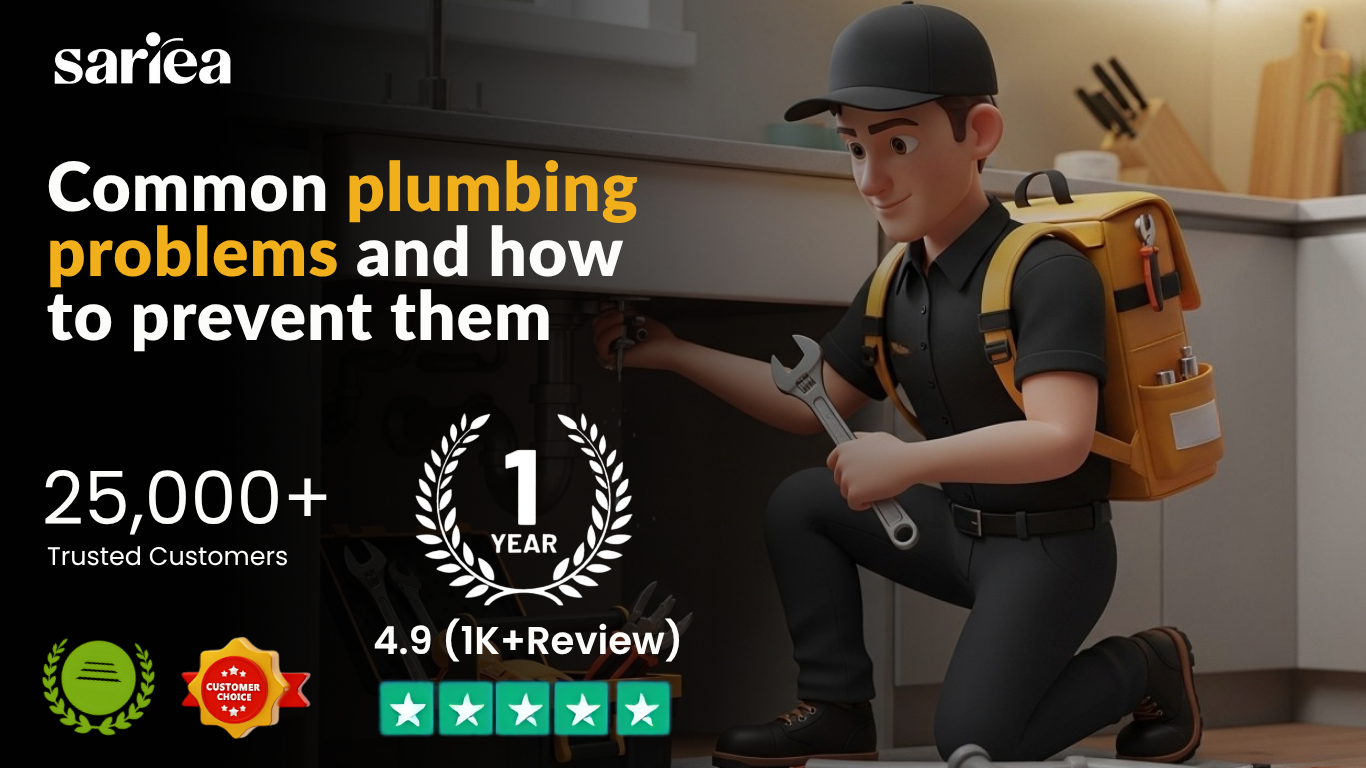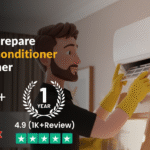Common plumbing issues can lead to significant headaches for homeowners, but many of them are preventable. For instance, leaky faucets often result from worn-out washers, which can be avoided by regular inspections and ensuring handles are completely off. Clogged drains happen due to a buildup of hair and grease; using drain covers and rinsing with hot water helps keep them clear. Running toilets may be caused by faulty flapper valves, while low water pressure stems from mineral deposits in pipes. Regular maintenance checks on systems like your water heater or sump pump further prevent unexpected problems down the line.
1. Leaky Faucets: Causes and Prevention
Leaky faucets are one of the most common plumbing issues faced by homeowners. The primary cause of a leaky faucet is often worn-out washers or O-rings, which can deteriorate over time due to constant friction and water exposure. When these components fail, water can seep through, causing the faucet to drip. To prevent this annoyance, it’s essential to regularly inspect and replace these washers and O-rings. Additionally, ensuring that faucet handles are turned off completely can help reduce wear and tear. For example, if you notice your faucet dripping, it’s a good idea to check the washers and replace them if necessary. Regular maintenance not only saves water but also helps maintain the overall efficiency of your plumbing system.
| Cause | Prevention |
|---|---|
| Worn-out washers or O-rings. | Regularly inspect and replace washers and O-rings. Ensure faucet handles are turned off completely. |
2. Clogged Drains: How to Avoid Issues
Clogged drains can be a major headache, often leading to slow drainage or even overflow. The primary culprits are hair, soap, food particles, and grease that accumulate over time. To prevent clogs, using drain covers can catch hair and larger debris before they go down the drain, significantly reducing the chances of blockages. It’s also important to avoid pouring grease down the sink, as it can solidify and create a buildup in the pipes. Regular maintenance can help keep your drains clear; consider flushing them with hot water combined with vinegar. This natural solution can help break down any buildup and keep your plumbing functioning smoothly.
3. Running Toilets: Fixing and Preventing
Running toilets are a common nuisance that can lead to increased water bills and wasted resources. The primary cause of a running toilet is usually a faulty flapper valve, which fails to create a proper seal, allowing water to continuously flow from the tank into the bowl. Another potential issue could be the fill valve, which may not shut off when the tank is full, resulting in a constant trickle.
To prevent running toilets, it’s essential to check and replace the flapper valve periodically, as these components can wear out over time. Additionally, ensure that the toilet tank is filled to the appropriate level; if it’s too high, it can cause water to overflow into the overflow tube, leading to a running condition. Regular maintenance checks can help catch these issues early, saving you both water and money.
4. Low Water Pressure: Solutions and Tips
Low water pressure can be frustrating, making everyday tasks like showering or washing dishes feel like a chore. One of the most common causes of low water pressure is mineral buildup in your pipes or faucet aerators. Over time, calcium and other minerals can accumulate, restricting water flow. To combat this, regularly clean your faucet aerators by unscrewing them and soaking them in a vinegar solution to dissolve the buildup. Additionally, inspect your plumbing system for leaks, as even small leaks can significantly affect water pressure.
Another preventive measure is to schedule periodic plumbing inspections. A professional can check for sediment buildup in your pipes and suggest solutions, such as flushing your water lines to clear out any obstructions. If you notice a sudden drop in water pressure, it may indicate a more serious issue, such as a burst pipe or a problem with the municipal water supply. Keeping an eye on your water pressure and addressing any changes promptly can help maintain a steady flow.
5. Burst Pipes: Prevention Strategies
Burst pipes can cause significant water damage and lead to costly repairs. One of the primary causes of burst pipes is freezing temperatures, which can lead to ice formation inside the pipes. To prevent this, it’s essential to insulate pipes located in unheated areas, such as basements, attics, or crawl spaces. Using foam pipe insulation or wrapping pipes with insulating tape can help maintain a steady temperature.
Another common cause is high water pressure, which can stress pipes and joints, making them more susceptible to bursting. Homeowners should monitor their water pressure regularly and consider installing pressure-reducing valves if the pressure exceeds the recommended levels, typically around 60-70 psi.
Additionally, regular maintenance can help. Inspecting pipes for signs of wear, corrosion, or leaks allows for early detection and repair before issues escalate. During winter, let faucets drip slightly to keep water moving, reducing the risk of freezing. By implementing these strategies, homeowners can significantly reduce the risk of burst pipes.
6. Water Heater Issues: Keeping It Functional
Water heaters are essential for providing hot water for showers, washing dishes, and laundry. However, they can encounter several issues that affect their performance. One common problem is sediment buildup, which occurs over time as minerals from the water settle at the bottom of the tank. This buildup can lead to reduced efficiency and even premature failure of the heater. To prevent this, it’s advisable to flush your water heater annually. This process removes sediment and helps maintain its efficiency.
Another issue could be a malfunctioning thermostat, which controls the water temperature. If the thermostat is not working properly, it can lead to water being too hot or too cold, affecting your comfort. Regularly check the thermostat settings to ensure they are set to your desired temperature. If you notice inconsistent water temperatures, it might be time to replace the thermostat.
Lastly, inspect the water heater for any signs of leaks, rust, or corrosion. These can indicate a more serious problem and should be addressed immediately to prevent further damage. Keeping an eye on these factors can help you maintain a functional water heater for years to come.
7. Sump Pump Failure: How to Prevent Breakdowns
Sump pumps are essential for preventing basement flooding, especially in areas prone to heavy rain or snowmelt. One common reason for sump pump failure is a power outage, which can occur during storms. To prevent this, consider installing a battery backup system that keeps the pump running even when the power goes out. Mechanical failures can also lead to breakdowns; therefore, it’s important to test your sump pump regularly. You can do this by pouring a bucket of water into the sump pit and checking if the pump activates. Additionally, ensure the discharge pipe is clear of obstructions and that it directs water away from your home’s foundation. Regular maintenance, including cleaning the pump and checking the float switch for proper operation, will help extend the life of your sump pump.
8. Sewer Backups: Avoiding Blockages
Sewer backups can be a major headache for homeowners. They often occur when sewer lines become blocked by debris, tree roots, or grease buildup. To prevent these issues, it’s crucial to be mindful of what you flush down the toilet and pour down the sink. Avoid flushing items like wipes, feminine hygiene products, or even excessive toilet paper. Additionally, schedule regular inspections of your sewer lines to identify potential blockages early. Using professional cleaning services can help clear any buildup before it becomes a serious problem. Tree roots can also invade sewer lines, so consider planting trees away from your plumbing system and regularly checking for root issues.
9. Discolored Water: Causes and Solutions
Discolored water can be a significant concern for homeowners. The most common cause of discolored water is rusty pipes, especially in older homes with iron plumbing. When rust flakes off, it can turn your water brown or reddish. Another potential cause is mineral buildup, particularly if your water supply has high mineral content. This can lead to a yellow or cloudy appearance. To prevent discolored water, consider replacing old, rusty pipes with newer materials like PVC or copper, which are less prone to corrosion. Installing a water filtration system can also help remove impurities and improve water quality. If you notice discolored water, run the tap for a few minutes to see if it clears up. If the problem persists, it’s best to consult a plumbing professional to assess the issue.
10. Gas Leaks: Prevention and Safety Tips
Gas leaks can be extremely dangerous, posing risks of fire and explosion. They commonly occur due to faulty gas lines, aging appliances, or improper installations. To prevent gas leaks, start by having your gas lines and appliances inspected regularly by a qualified technician. Look for any signs of leaks, such as a rotten egg smell, hissing sounds, or dead vegetation around gas lines. Additionally, installing gas detectors in your home can provide an early warning in case of a gas leak. These devices alert you to the presence of gas, allowing you to take action quickly. Make sure everyone in your household knows how to respond to a gas leak, including evacuating the premises and calling emergency services. By staying vigilant and proactive, you can significantly reduce the risk of gas leaks in your home.
11. General Plumbing Maintenance Tips
Regular plumbing maintenance can save you time and money by preventing major issues. Start with annual inspections by a professional plumber to identify potential problems early. It’s also vital to know where your main water shut-off valve is located in case of emergencies. Educate everyone in your household about basic plumbing care, such as what can and cannot be flushed down the toilet. For instance, make sure no one flushes wipes or feminine products, as they can cause clogs. Additionally, periodically check for leaks under sinks and around appliances. Small leaks can lead to larger problems over time, so addressing them quickly is key. Lastly, keep an eye on your water bill; a sudden increase may indicate a hidden leak.
- Regularly check for leaks in pipes and faucets.
- Clean out sink traps and drain assemblies to prevent clogs.
- Flush your water heater annually to remove sediment buildup.
- Inspect your sump pump and test it periodically.
- Check and replace washing machine hoses as needed.
- Insulate exposed pipes to prevent freezing during winter.
- Schedule a professional plumbing inspection at least once a year.
12. Professional Help from Sariea in Saudi Arabia
When plumbing issues arise, sometimes DIY solutions just won’t cut it. That’s where professional help comes in. Sariea, a trusted handyman service in Saudi Arabia, offers expert plumbing assistance to tackle a wide range of problems. Their skilled technicians are trained to diagnose and fix issues efficiently, ensuring your plumbing systems run smoothly. For instance, if you’re dealing with persistent leaks or complicated sewer backups, their team can provide specialized tools and knowledge that go beyond basic repairs. By relying on Sariea, you not only save time but also ensure the longevity of your plumbing systems through proper maintenance and repairs. Whether it’s routine inspections or urgent fixes, Sariea is ready to help keep your home’s plumbing in top shape.
Frequently Asked Questions
1. What are the most common signs of a leaky faucet?
You might notice water dripping from the faucet or pooling around the sink. Also, if you hear a dripping sound even when the faucet is off, it’s likely leaking.
2. How can I tell if my pipes are clogged?
If water drains slowly or not at all from your sinks, tubs, or toilets, or if you hear gurgling sounds, your pipes may be clogged.
3. What causes low water pressure in my home?
Low water pressure can be caused by several issues, such as pipe leaks, mineral build-up, or problems with the municipal water supply.
4. Why does my toilet keep running after I flush?
A running toilet may be due to a faulty flapper valve or a problem with the float mechanism inside the tank.
5. How can I prevent frozen pipes in winter?
To prevent frozen pipes, keep your home warm, insulate pipes in unheated areas, and let water drip from faucets during extreme cold.






